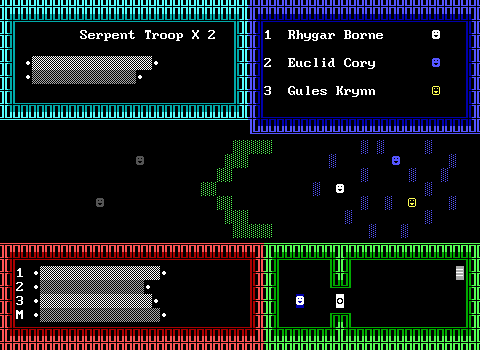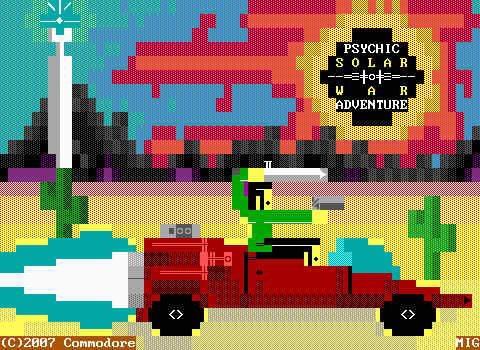Dr. Dos here! As part of celebrating ZZT's 30th anniversary this past January, I invited the ZZT community to try writing just a little bit about some ZZT games that had an impact on their lives in some way. These aren't necessarily the best ZZT worlds out there by any means, but sometimes you're at just the right moment in your life for a ZZT game to stick with you for years and years regardless of its quality. These love letters are short odes of praise to the many ZZT worlds out there that left a mark on at least one player out there.
Many thanks to everyone who contributed: Darren Hewer, Quantum, Zephyr, PogeSoft, Anna Anthropy, WiL, Ellypses, RT-55J, KKairos, and Snorb!
All in all the project resulted in 25 love letters from 10 different authors. So read on and find out what makes these games special, and perhaps give them a try yourself. Who knows? Perhaps you'll make some memories too.
Darren Hewer's Love Letters
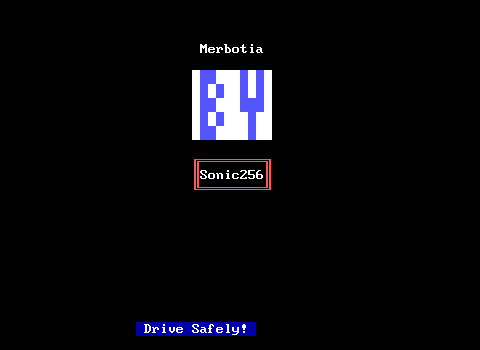
Merbotia has the best title screen music and introductory story text of any ZZT game. Although the game itself is pretty good, it's the music on the title screen that's so catchy and memorable, and sets the tone perfectly for what will be a quirky and fun yet strangely dark game. "HEY, MOM, THE BED RAN AWAY AGAIN, you shout. But she doesn't hear you!" is perhaps my favorite line. Sadly we have no other preserved work from the author Sonic256, but Merbotia is one of the few early games that stands the test of time and no doubt influenced my own game Darkness with its humorous yet gloomy atmosphere.
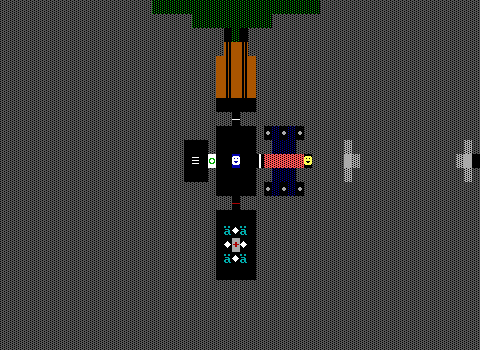
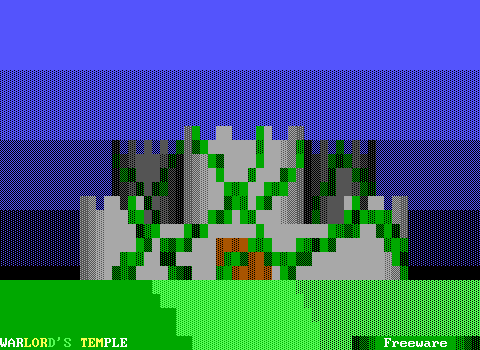
Atmosphere is tricky to create in a game featuring a permanently-smiling protagonist. One game that nails a subtly ominous mood is Warlord's Temple by Matt Williams. It's a short game in terms of the number of boards, but it manages to slowly build up the intrigue through gradually revealing more of its little world. I recall the graphics being impressive to me when I first played it, and I did a little ode to the temple in Daedalus' Obelisk. Warlord's Temple is the first ZZT game I remember playing and saying, this is a good game; not just a game that's "good for a ZZT game", but a good game based on its own merits.
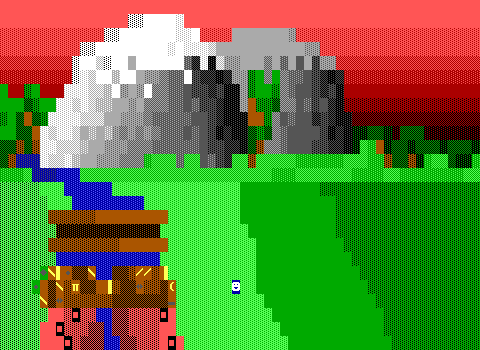
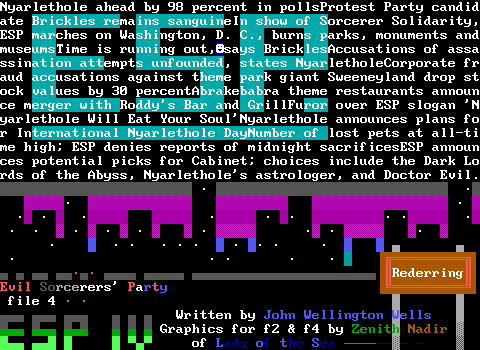
Evil Sorcerers' Party by John W. Wells is the game that scared me off from creating anything in ZZT for about 15 years. When I played it I thought, "I can never do something as good as this," and any inklings of putting effort into making something new disappeared. The quality of the art, gameplay, and the unique storyline were all so dang impressive. (I didn't realize at the time that the art was done by a super talented team of people! Those being Funk, Zenith Nadir, and Rob P.) It was many years later, after replaying the game with a little more perspective, that I realized I didn't need to make a better game than ESP, it just needed to be enjoyable, both to create and to play. As Sweeney said, "have fun creating. That's what ZZT was meant for."
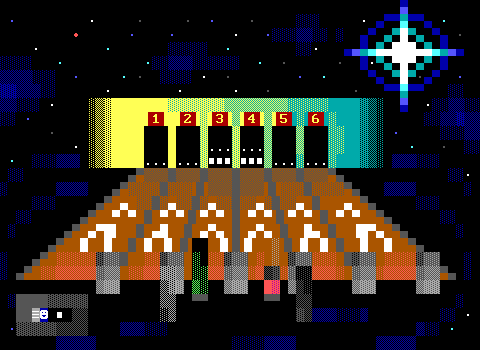
Quantum's Love Letters

Secret Agent Joe Moe is not a perfect game, but it is an extremely ZZT game.
It has everything. It has outlandish puzzles unrelated to being a secret agent, ranging from fixing a broken clock to helping a bird recover three lost feathers. It has big, sparse boards with garish colors, and it has art that actually works really well. It has usable computer terminals, multiple toilets, swarms of built-in enemies, and an escape from jail. It has wacky contraptions, like a death ray with a very particular firing procedure. It has the infamous 3D maze engine. It has so-bad-it's-good writing. It has minigames, including one that's literally an arcade cabinet in a space arcade. Oh yeah, I forgot to mention. There's a part where you go into outer space.

As a game engine, one of the things that ZZT enables is the combining of a bunch of unrelated code into a single world. Sometimes this is deliberately utilized, as in ZZTV and other collaborative community works. And sometimes you get Secret Agent Joe Moe, where the standard secret-agent adventure veers off on wild, rambling tangents for no particular reason. Is defeating the terrorists really so important that I have to do it today? Maybe I just want to kick back, spend the night on a distant planet, and buy a gravity-proof bottle from a local artisan. In cash, of course, because I support small businesses.
That experience isn't something you'll get from most commercial games, but you can get it from ZZT, and I think it's delightful.
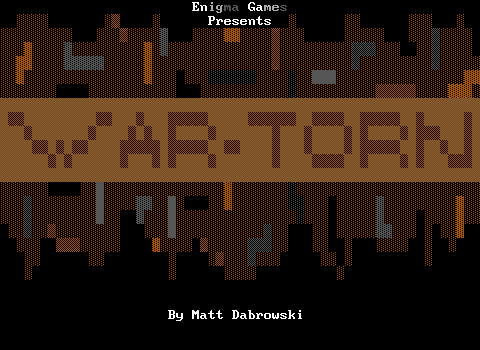
One of the contenders for best ZZT game of all time is Burger Joint. But that's not the game to which this love-letter is addressed. No, today I'm writing about another game by Madguy, the one he released before his wildly-successful venture into fast-food simulation: a beautiful RPG named War-Torn.
My words may be heavily flavored by nostalgia, but screw it: I love War-Torn. I love the music, which does a wonderful job of setting the mood at just the right moments. I love the art boards and animations: the bold colors and loose lines are sometimes primitive, but they just work way too often than they have the right to. I love how there are different paths through the game, with mutually-exclusive spells and multiple endings. I love self-destruct sequences, and the corresponding frenzied rush to escape. And speaking of things I love, I love cliché love stories. Go ahead, sue me.
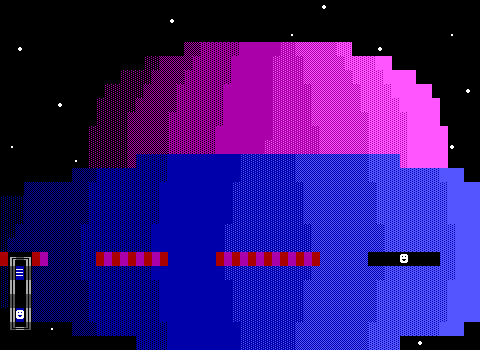
I had a lot of fun playing War-Torn in my early ZZTing days, and it was a direct influence on my own games. Is the nostalgia factor necessary to enjoy it today? Maybe, maybe not. But what I do know is that War-Torn is a wonderful ZZT game, and that Madguy is a cool dude who is now a professional indie game developer (see: Streets of Rogue). I owe a lot to him, and to War-Torn: it's an essential part of any ZZT collection, one of the must-have ZZT worlds that I will take with me into my fallout shelter when the aliens show up and decide to wreak havoc on our planet.
Oh, and you should play Burger Joint sometime. I hear good things about it.
Dr. Dos's Love Letters
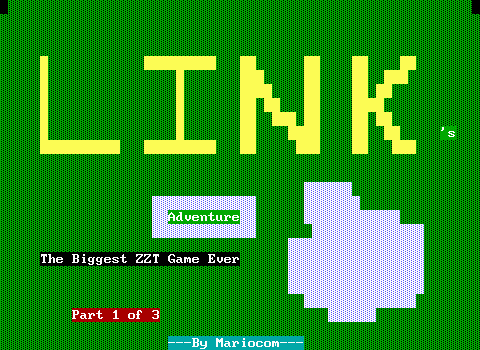
The Link's Adventure Trilogy
Like most other Nintendo to ZZT adaptions, Rotaj Russell's Link's Adventure trilogy doesn't do a whole lot with the source material. You're Link, your ZZT bullets are sword beams. ZZT's enemies remain lions and tigers, and the games numerous bosses are more likely to reference Sonic the Hedgehog, or various pro wrestlers in what was then the World Wrestling Federation rather than Ganon or Ghoma. For me though, it presented an adventure on an unprecedented scale with so many distinct moments from climbing a massive ladder into Skyrule, to the hidden rainforest city. The series also got more complex as it went along, with Russell discovering STK at the tail end of the first in the series, honing his graphical skills in the 2nd, and ending the series with a rather nice looking overworld for part three. The fights these days are a bit tedious, but as a young child this one was so inspirational, getting me to start numerous ZZT worlds in the same style (and even completing one with Dragon Fire ZZT).
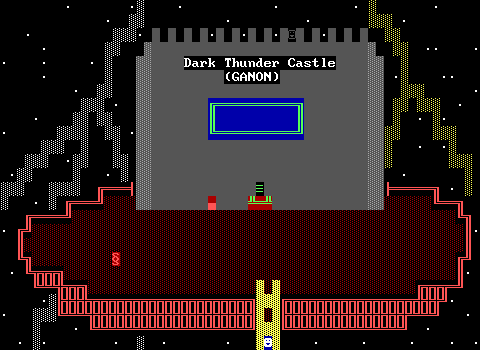
By the end of the series, Russell brings in some cool ideas like hidden power-ups to slowly replenish your health and ammo on every board, an item radar to reveal secrets, and even changing the format of the game from a linear journey to an open-ended adventure where Link can access any castle in any order until he's able to access the final level.
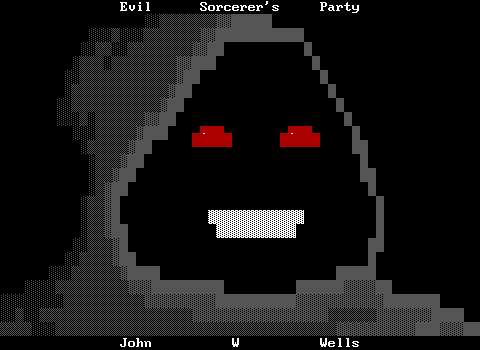
By getting into ZZT in the late 90s, I missed the era where everybody was trying to sell their games in some way. When I first discovered it, the general consensus was that ZZT games weren't good enough to make money from, and could never meet the quality of a commercial release. Wells' ESP changed that perception for me. ESP tells a grand story of political espionage centered around solving puzzles via inventory items (with the occasional bit of action) that's full of dry humor. Wells created a game whose characters came to life in ways other ZZTers could only dream of. For me, ESP proved that a ZZT game could be more than "good for a ZZT game", but truly stand as a game that could be appreciated by those who weren't creating ZZT games themselves. Its musical number "Look into my eyes" still gets stuck in my head randomly 18 years later.
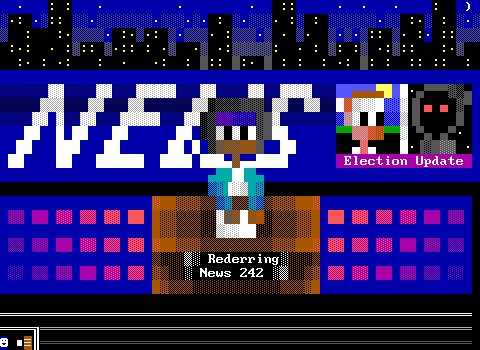
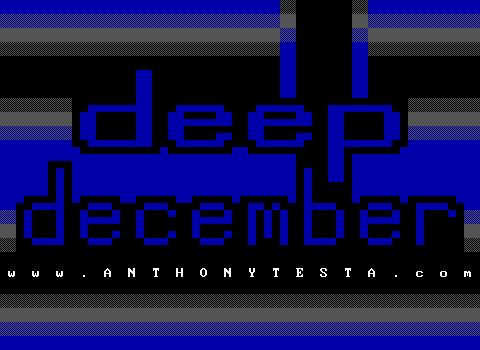
Dungeon crawlers have always been one of my favorite genres of ZZT worlds, but they generally stick to the standard fantasy designs one would expect. Anthony Testa flooded the community with quality hack and slash journeys full of orcs and demons, but with Deep December he came up with a setting I've yet to see any game (ZZT or otherwise) approach after all these years: The present day New York City subway system. Your weapons aren't swords and magic missiles, but a baseball bat and a handgun. The urban warlock (god what a phrase) Shigesato has claimed the system for his own. Your job is to stop him, exploring the city's underground, microwaving meals and buying name brand sodas from vending machines while fighting giant rats (okay those fit in NYC and fantasy worlds), brainwashed zombies, and avoiding dangerous traps in the now magically twisted subway tunnels.


In its heyday, Interactive Fantasies was the ZZT company, and its co-founders Hercules and Hydra78 were some of the most respected names in the community. Deceiving Guidance is also a dungeon crawler, one that does stick with the more classical fantasy themes. You play as Rash'Tan Ythraqi, an elf living in the forest with an unscratched itch to understand the bizarre culture of the dark elves, the drow of the underdark. When a dead drow is found on the surface in a nearby clearing, exploration reveals an entrance to the underdark and your journey into its depths begins. This could have been like any other fantasy dungeon crawler, but Hercules and Hydra elevate it to something more akin to a horror title with their skillful writing of a story about an elf who knows too much. For creepy atmosphere in ZZT, I can't think of anything better than Rash'Tan's dive into the underdark to learn the truth of the mysteries of his village's past, and the horrific fate of its future.
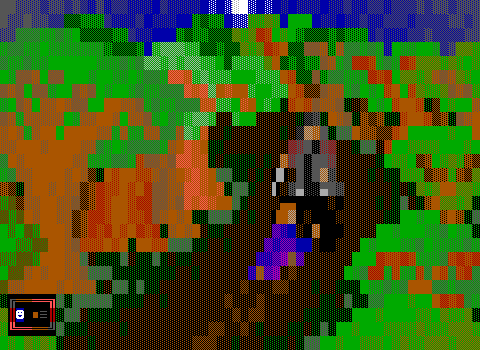

Ana feels like two separate games which somehow were combined into one. You have the core puzzle game where each area in the game has its own mechanics ranging from simple slider puzzles to navigating mazes made entirely out of keys and doors. Ana takes some fairly simple concepts which have been seen plenty of times in ZZT before, but the game does so in a way where not only do the puzzles nicely increase in difficulty as they introduce new mechanics, but in a way that's incredibly friendly to beginners with hidden objects ready to reset everything if you make a mistake rendering the game unwinnable. What makes Ana really special though, is that it has what has to be my favorite story told in ZZT. As you work your way from puzzle to puzzle the second major component is revealed as you find yourself reading bits of text messages, letters, and online chats between Ana and the people close to her in her life. The story is compelling, dealing with Ana growing up and becoming an adult, boys, girls, parties, and the death of a beloved teacher.
Ana's gameplay doesn't feel like it's connected to the puzzle aspects, but the reveal at the end is one of ZZT's most heartfelt, delicately tying what seem to be two disparate threads into one powerful emotional experience. I feel like Ana is a delineation point between old ZZT games and new, with a level of care put into its presentation that you simply don't see prior to its release. This is a game to return to again and again to relive the story and heartache contained within.
Oh, and it has a soundtrack of original songs done outside of ZZT to listen to as you play.
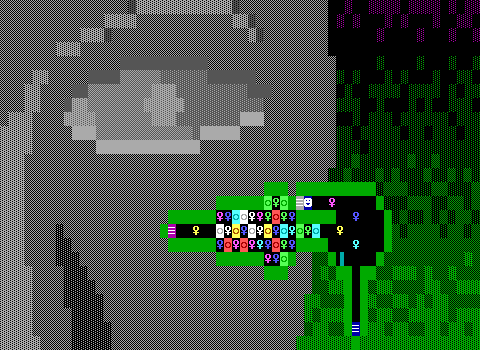
Zephyr's Love Letters

Commodore's games are some of the finest to come out of the ZZT community, and together they boast a breadth of gameplay styles that is mostly unmatched. Super Archaeologist Simulator (SAS) stands out because it is a love letter to ZZT's central mechanics. In the text file, Commodore warns, "Many bits are unabashedly old school ZZT. If you don't like it, make your own game." Indeed, SAS does have many marks of old school ZZT, including pre-built enemies, slider puzzles, and non-linear gameplay, but it also boasts an extremely modern, sophisticated approach. Commodore doesn't merely recreate old school ZZT--he elevates it. In SAS, old school ZZT never looked or felt so good. The game is packed with jaw-dropping visuals, clever puzzles, and secrets available to only the most dedicated explorers. Yes, it's old school, but it showcases how fun and magical old school ZZT can be.
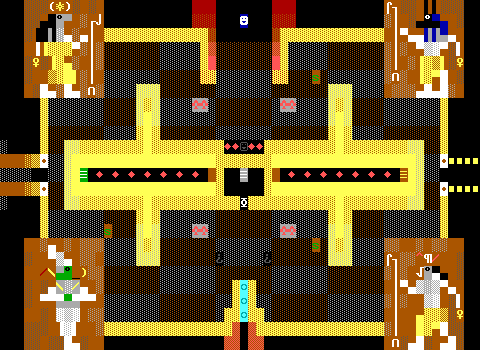
SAS was one of the first games I played all the way through after returning to ZZT a few years ago. Commodore's approach to ZZT presented here has been a major inspiration to me in my own games, and is something I continue to aspire to.
KKairos's Love Letter
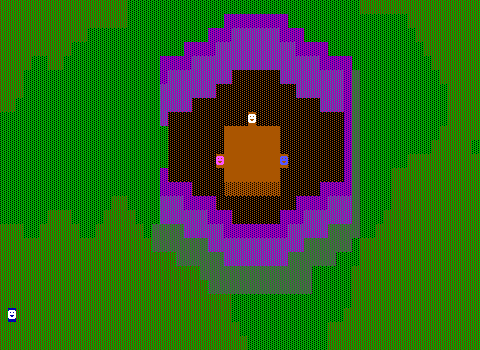
The Rhygar Trilogy
This one really knocked it out of the park for me when I was young and impressionable, and for the best. It had story, action, adventure, and "RPG Battles" which, since it was my first or nearly-first experience with them, were quite special and precious things full of mysterious health meters and random magical effects, and it had memorable characters and a story that childhood me didn't quite grasp, except for some kingdom politics with shades of good and evil and a silly scholarly mage with the coolest name ever: Euclid Cory. It made me want to go and do likewise, not merely because of it flashy RPG health meter, but in terms of its world-building.
